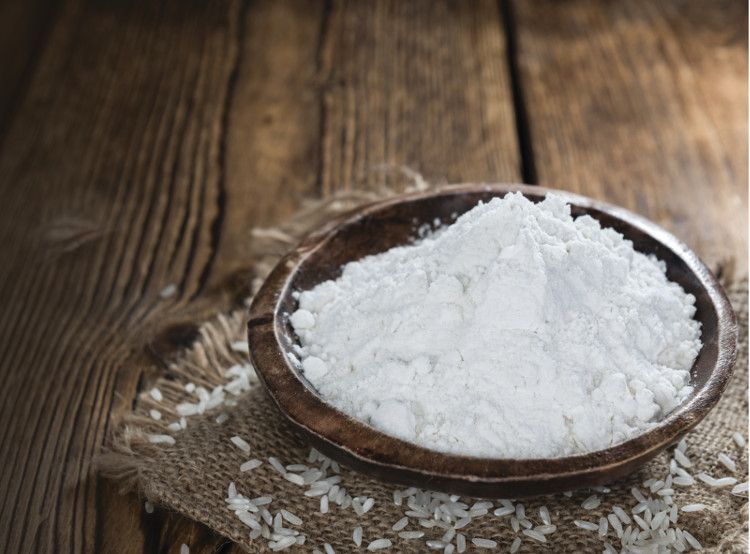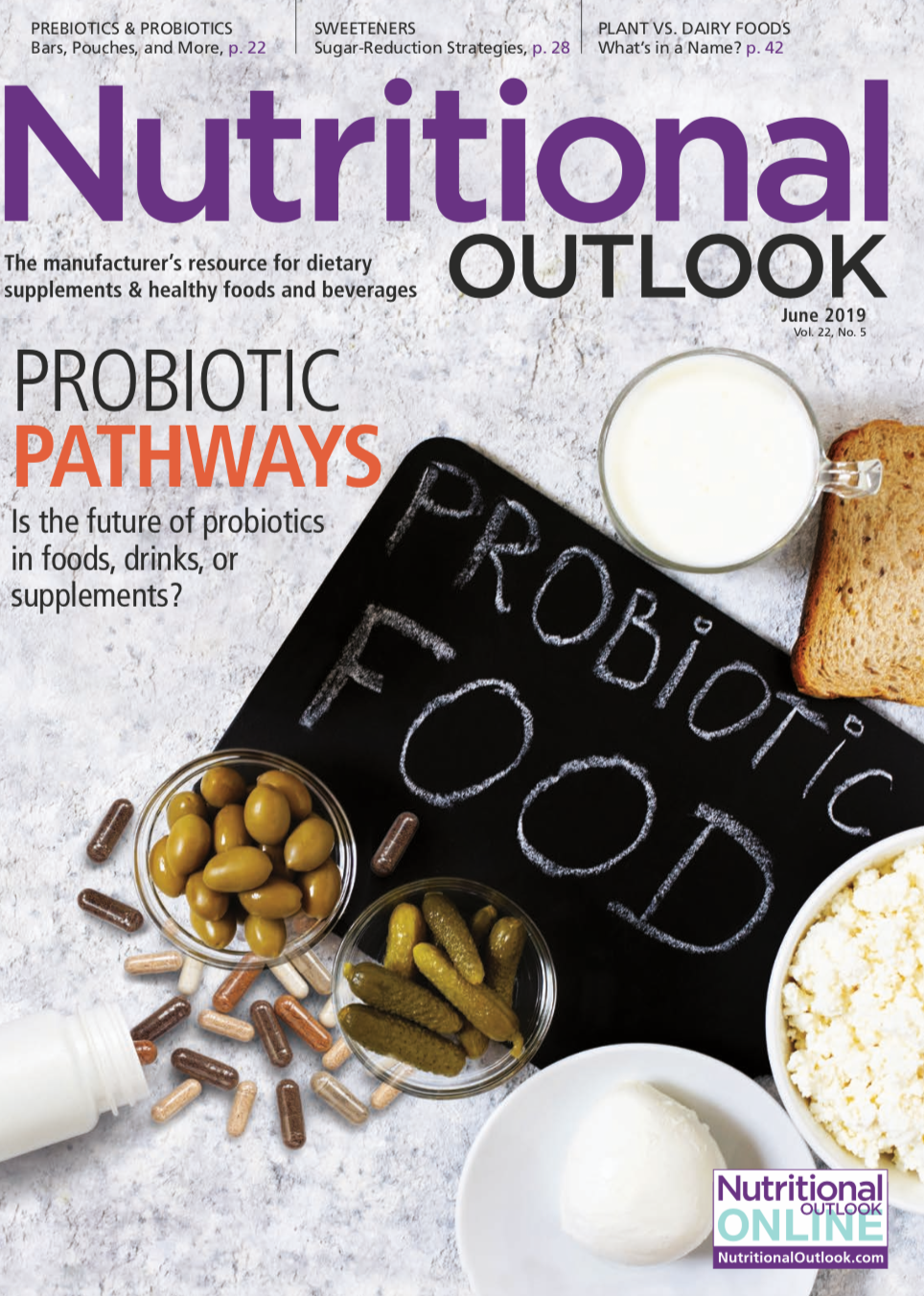Can clean-label starches withstand freezing and high-heat applications?
Traditionally, chemically modified starches have been the go-to solution for texture and stability, as native, clean-label starches were not reliable for maintaining textural stability in response to harsh conditions such as freezing and high heat.
Photo © AdobeStock.com/HandmadePictures

Clean-label is an important purchase prerequisite for many a consumer these days. Even foods designed for convenience such as frozen, canned, jarred, and instant foods are getting the clean-label treatment. For many consumers, the health benefits they associate with a cleaner label are non-negotiable, no matter the product.
Sharon Chittkusol, associate marketing manager, Clean & Simple, U.S./Canada, for Ingredion Inc. (Westchester, IL), notes similar findings from a survey her company commissioned in 2017 in U.S. and Canadian consumers. The survey found that “consumers in the study believed that ‘natural’ ingredients are better for their health, the environment, and taste better,” she says. “We also confirmed that ingredients gained consumer acceptance when they were recognizable with pronounceable names and were not something unfamiliar or that sounded like they were made in the lab.”
Starches play an important role in foods by providing texture, which plays a significant role in how consumers experience food. Achieving the right texture can be difficult, however, particularly when a food’s processing subjects it to extremes in temperature. “Nowhere is [significance of texture] more evident than [in] frozen foods, where sauces must withstand multiple freeze/thaw cycles,” explains Shiva Elayedath, senior technical services manager for Cargill (Minneapolis). “The sauce tends to break down as ice crystals grow and recede with each cycle. In the past, we relied on modified starches to prevent these sauces from ‘weeping,’ but increasingly, consumers are asking for alternatives.”
Rice flour, rice starch, potato starch, and tapioca starch are among the most common clean-label starch alternatives today. (They are also referred to as functional starches.) Non-GMO corn starch is another clean-label option that is familiar to consumers. “The main goal of functional starches and flours is to deliver viscosity and to offer high stability to heat, acid, and shear during processing and help provide product stability over shelf-life, giving manufacturers the ability to maintain product quality over ambient as well as refrigerated/frozen shelf life,” explains Chittkusol. “Functional starches and flours help products retain a smooth texture and prevent separation after storage.”
Traditionally, chemically modified starches have been the go-to solution for texture and stability, as native, clean-label starches were not reliable for maintaining textural stability in response to harsh conditions such as freezing and high heat. “Traditional single-source native starches exposed to these conditions tend to break down and release water,” explains Elayedath. “They get weepy and transform a thick, creamy sauce into a gloppy mess.”
However, ingredient suppliers have devised ways to physically modify or combine native starches to improve functionality and allow them to replace chemically modified starches. Blends are key, says Elayedath: “Since Cargill began experimenting with different starch blends from various botanical sources, we’ve found native starches can do more than we ever imagined-especially if we blend two or three together. We’re also using basic processing techniques, like controlling moisture and heat, to create more robust starch solutions that better withstand harsh processing conditions, yet still appear on ingredient statements as plant-sourced starches.”
As for Ingredion, says Chittkusol, the company’s functional native starches benefit from a “physical modification process” that can help sidestep processing challenges while remaining clean label. The company also works with customers to adjust formulations or manufacturing processes as needed.
For example, Ingredion’s Novation starch portfolio includes Novation 340 and 350, which are pregelatinized instant starches processed from waxy maize. Novation 350 is for systems with high-dispersion requirements. These starches are ideal for refrigerated dressings, dips, sauces, marinades, pie fillings, and frozen/refrigerated prepared meals. Meanwhile, the firm’s Novation 309 and 609 are organic corn starches that provide cold-temperature stability with the possibility of simplifying labels and reducing expense by eliminating costly hydrocolloids.
Cargill’s SimPure line of clean-label starches includes SimPure 99560, a blend of potato and tapioca starches, and SimPure 99500, a potato starch. “These starches have excellent freeze/thaw stability and deliver great texture and viscosity, holding up to the rigors of modern processing and delivering a consistent end-product in both acidic and neutral pH systems,” says Elayedath.
With the continued innovation in native starches, it’s getting easier than ever to develop the clean-label products consumers want, without having to sacrifice taste and functionality.

Prinova acquires Aplinova to further increase its footprint in Latin America
April 7th 2025Prinova has recently announced the acquisition of Brazilian ingredients distributor Aplinova, which is a provider of specialty ingredients for a range of market segments that include food, beverage, supplements, and personal care.



















